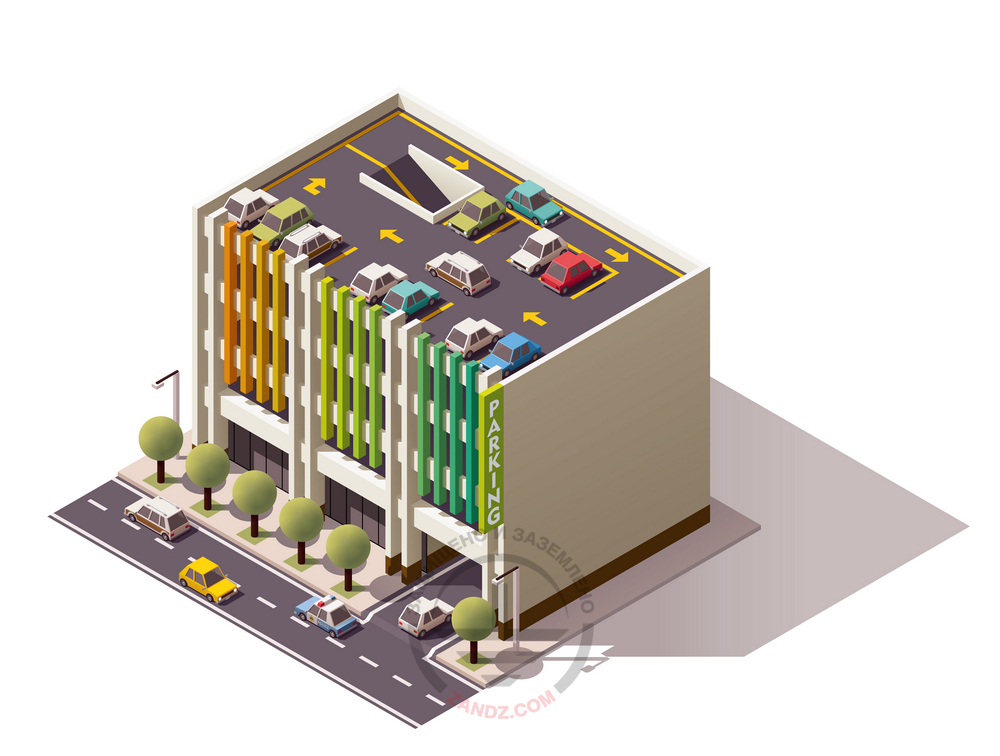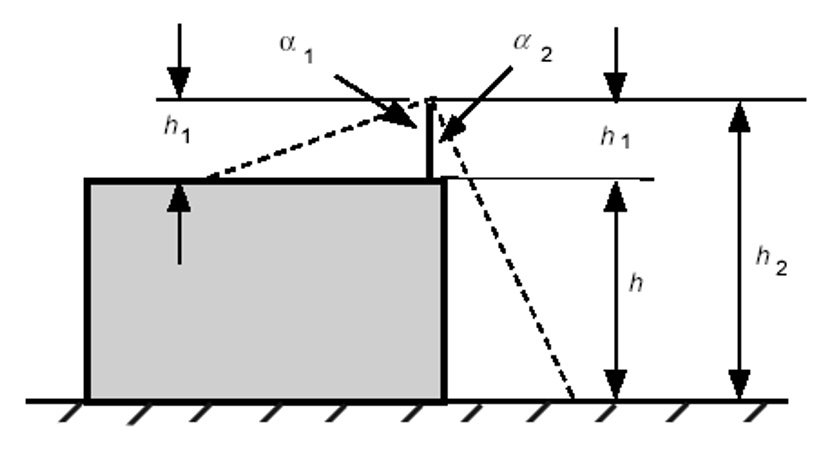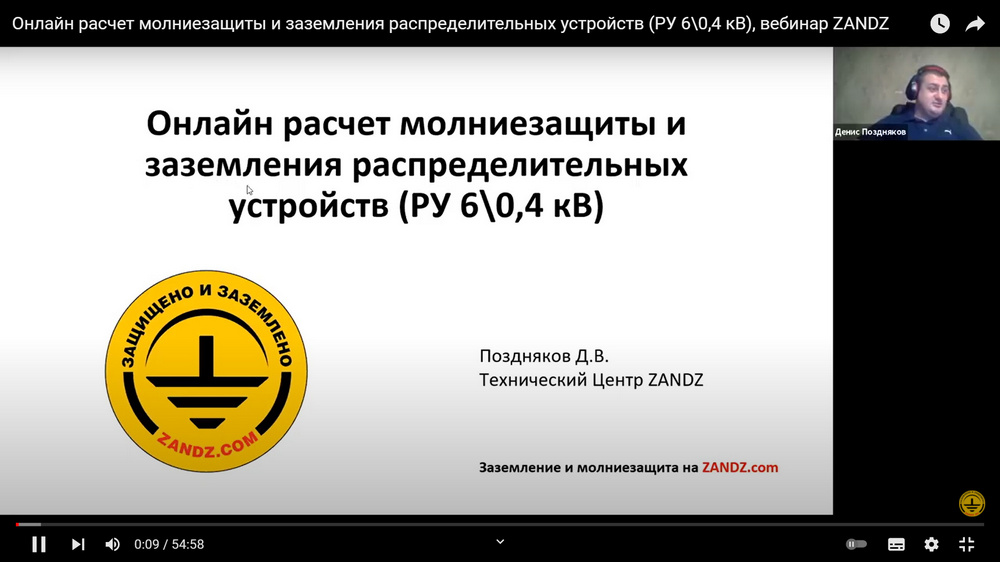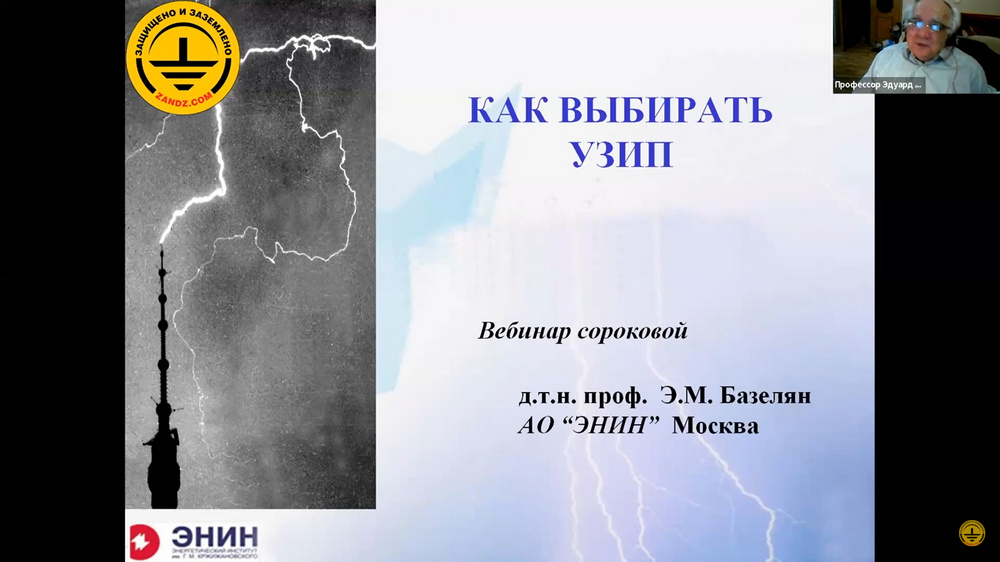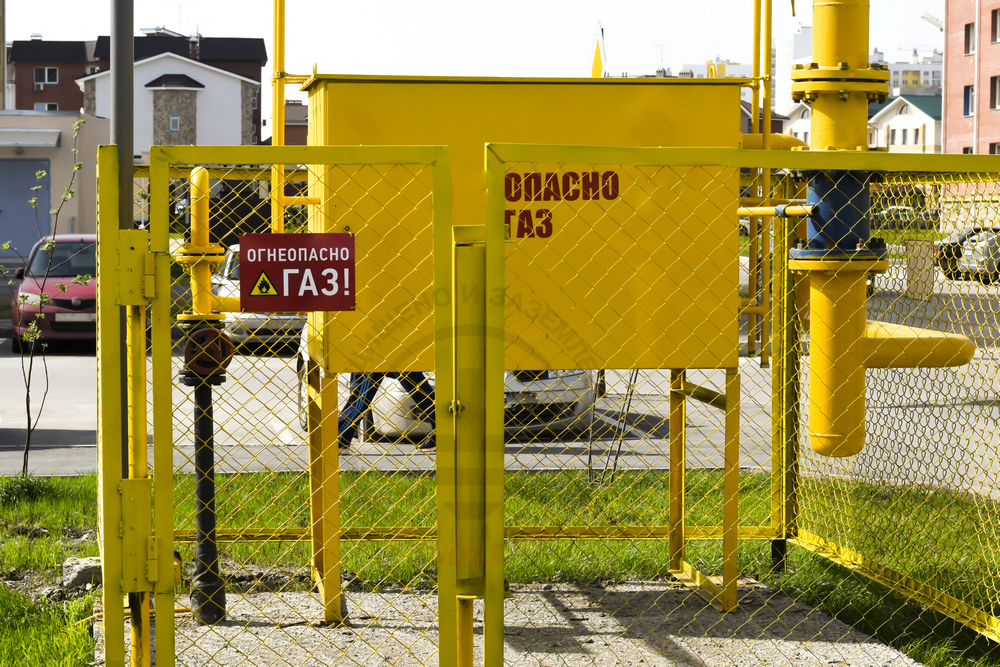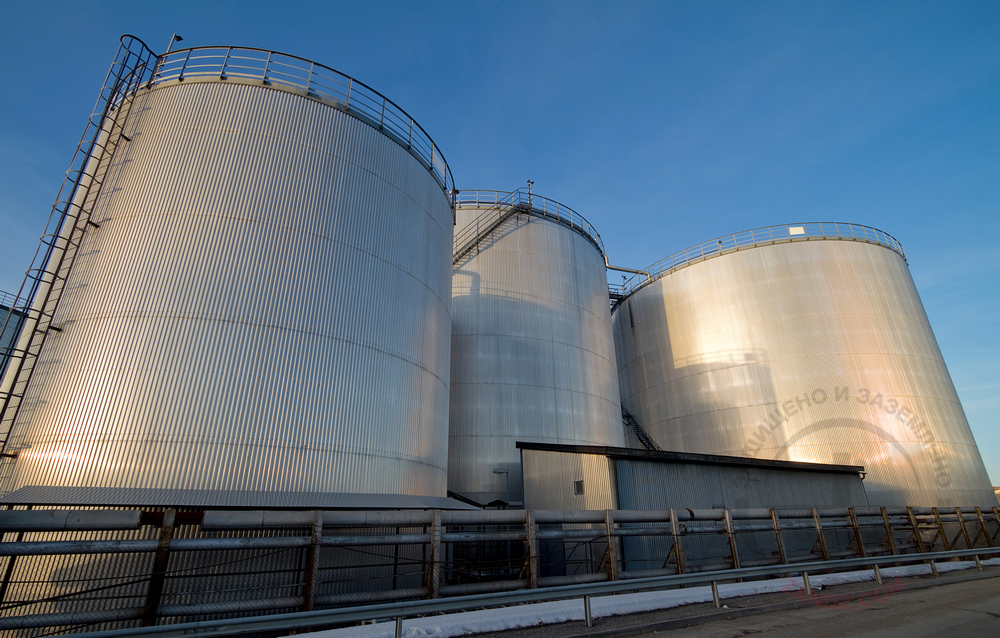
Our colleagues often ask interesting questions, which may help other engineers in similar situations. We think that you should see them.
For example, recently, during the design of the facilities operating HFL, a series of questions has arisen regarding the choice of the required level of reliability of lightning protection, determination of the protected space over breathing tubes/valves, and items in regulatory documents to be based upon. For your convenience, our colleagues' questions are shown in italics, and the answers of engineers of the Technical Center are shown in plain text.
- Good afternoon. Please give an advice as a lightning protection specialist.
Facility is represented by a fuel storage, vertical tanks. Breathing valves are located on the top; lightning rods are installed on the tanks as shown in the figure. According to RD, the facility is classified as Category 2, Zone B. The calculation is made for two double rods in a pairwise manner according to item 2.1 of RD 34.21.122-87.
But if we use SO, it appears that the farm is a special hazardous facility. But we cannot determine the level of protection against direct lightning strike: it is either 0.9, or 0.99 (which seems to be more likely), or 0.999. We have made calculations for 0.99 according to SO. The customer asked to re-calculate for RD Category 2, Zone B.
The question appeared because SO requirements are stricter and they have been chosen as a more reliable option. Please provide accurate reasons to close this question? And one more point. When lightning arresters are located on tanks, calculation is taken from the ground or from the tank's top?
- Good afternoon, Andrey Alekseevich!
It is so confusing, as usual. I can precisely say that all zones and heights of lightning arresters are calculated from the ground.
According to the protection zone types. If the company's standards are not applied at the facility, it is sufficient to calculate for Zone B taking into account explosive zones determined according to RD 34.21.122-87 and Order of Rostekhnadzor of December 26, 2012 No. 777 On Approval of Guidelines for Oil Farm and Oil Product Storage Safety, item 80.
If STOs are used, e.g. Gazprom's STO 2-1.11-170-2007, which does not contain clear instructions on choosing reliability values, but only contains an appendix with formulas for calculation of zones with reliability values of 0.9, 0.99, or 0.999, then there is no other way but to choose the required reliability according to standard STO-SA-03-002-2009, Section 14, Table 14.1. The category of oil and oil product warehouse is chosen according to SP 155.13130.2014, item 5.1, Table 1.
After studying numerous regulatory documents, we suppose it is the most rational scheme.
- According to RD 3 RD 34.21.122-87, item 2.18, if external plants or tanks (above- or underground) containing flammable gases or highly flammable liquids have breathing tubes, then they and the space above them (see item 2.6 hereof) should be protected against direct lightning strikes. This space is also protected above the section of the cistern neck through which an open product filling is performed at the Fuel Transfer Terminal. Breathing valves and space above them, protected by a cylinder 2.5 m high with radius 5 m, must also be protected against direct lightning strikes.
For the tanks with floating lids or pontoons, the lightning protection zone should also include the space limited by the surface with any point spaced for 5 m from a highly flammable liquid in an annular space. However, item 2.6 states: If straight gas vent and breathing stack are installed on the buildings and facilities for free gas, vapor and explosive suspended matter removal into the atmosphere, the space above the stack mouth shall be covered by the lightning arresters protection zone to a limit of 5m-radius hemisphere.
If fuel is in a refuelling complex (FRC), i.e. fuel storage tanks of various volume, then according to RD 34.21.122-87, it is Category II lightning protection, Zone B. Does it mean that, during the calculation, we should use item 2.18 and take the height above the breathing valves 2.5 m and radius 5 m? I do not really understand, in what cases we should use 2.18, and in what 2.6. I will be thankful if you could make this point clear for me as a specialist.
- Andrey Alekseevich, item 2.18 is intended for breathing valves, and item 2.6 is for breathing tubes with or without caps. If breathing valves are installed, we should use item 2.18.
- The enclosed figure shows a breathing tube, so it means that we apply item 2.6, am I right? I have not seen such tanks, there is no precise data on the types and appearance of such tanks. Therefore, I have some doubts. If you have a photo of examples of such valves, please show them.
- Andrey Alekseevich, so if you have a breathing tube, then use item 2.6. It is shown as a breathing tube in the drawing. So, if you have a breathing tube, then a free drain of gases to the atmosphere occurs; and it is provided through the valve, if a particular pressure value is reached.
- In about six month, a question was raised regarding the correspondence shown below. You then explained the difference between valves and breathing tubes. And now, I have another question. It is about Fuel Transfer Railway Terminal. Railroad cars come, tubes are connected at the bottom, and fuel is drained to the tanks from cisterns. So, in order to calculate the lightning protection for such terminal, we take the car height plus 5 m. Since, in order to open a bottom drain valve, we have to open a top hatch, and this hatch is an access to a flammable liquid. 5 m is as per item 2.6 of RD 34.21.122-87. It means that the space at least 10 m height should be included into the lightning protection zone. Am I right or wrong? Please clarify.
- Good afternoon, Andrey Alekseevich. If we take it from the ground, then yes, it is correct and you should protect the space for 10 m.
It is always great to determine consistency between the facility features and the flamboyance of regulatory documents for lightning protection.
Do you also need help? Please contact ZANDZ Technical Center for advice or calculation of lightning protection and grounding systems!
We thank Andrey Alekseevich Petrushin for preparing this material.
Related Articles:
